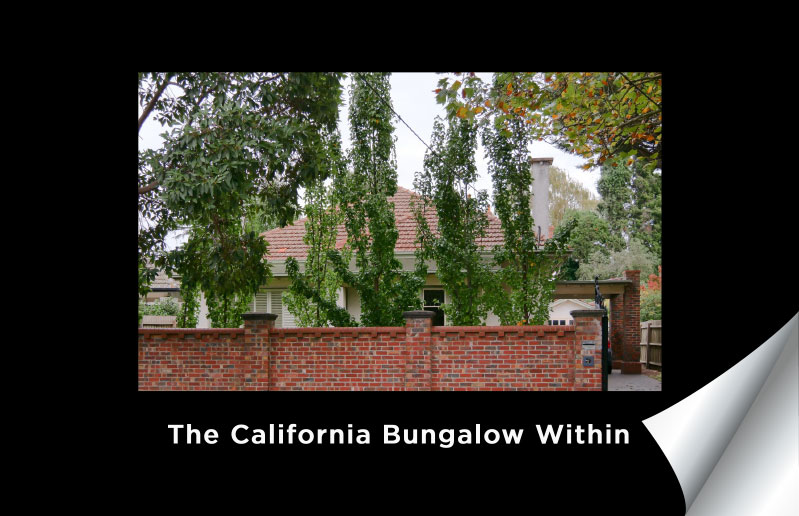Can I stay in the house while the work goes on?
One of the benefits of converting a roof is the relative lack of disruption and the fact you can live in the house while the renovation is being built. Our licensed, experienced builders generally access the roof from outside, so the only invasive part is the installation of the stairs or the attic ladder.
Does there need to be alterations made to the shape of the roof? Is this an option?
Many significant roof conversions include lifting the roof or adding dormer windows, creating height and maximising light.
A roof lift is where the ridge line of your existing roof is raised by constructing a new roof to the right height and pitch – providing all the extra space you need to create a really good sized room or even rooms. In most cases, there is no need to move out.
Do you need council permission to convert an attic into a room?
It depends on your location and what you intend to do with the renovated space. However, if you’re looking at converting the roof cavity into a habitable room and changing the roof line you’ll certainly need council approval.
The Attic Group specialise in roof conversions and we take care of all the regulatory requirements. We understand council requirements, height limitations and heritage restrictions that may limit changes to facades and every council can be different.
What are some of the practical considerations?
Understanding the site
The process of converting an attic starts off with understanding the site and having qualified people – architect and structural engineer, involved to help you determine how to design sympathetically within your parameters. The Attic Group has an experienced team of professionals to provide you with suitable options.
If it is an apartment you will need strata approval prior to commencing the project.
Height
Be aware that, generally, at least 60 percent of the attic space will have to be at 2.2 metres high in order to meet habitation standards under the Building Code of Australia. If you have a permanent staircase installed you will need a head clearance of 2m all the way.
Windows, skylights and ventilation
The Building Code of Australia requires living spaces to have a certain amount of ventilation and access to natural light. Cross ventilation needs to be available, unless the room has a ceiling fan or an evaporative cooler.
Ceiling/flooring requirements
The attic floor in the attic space has to be strong enough to cope with the extra weight. A structural engineer needs to assess your house if you’re considering converting an attic.
Wiring and safety
Typically, your roof space contains a great deal of your home’s electrical wiring. Therefore we need to be extremely careful even when inspecting the roof space.
Does an attic conversion add value to a property?
An attic conversion offers a great way to invest in your existing property to get a better price and increase the space. If you are happy where you are, it is the perfect way to increase meterage.
For as little as $40,000, an empty roof can become an additional premium room in your unused roof space, accessed via the best quality attic ladder. This is a highly cost effective option. It doesn’t involve long council processes and you don’t lose any space downstairs as the access is by an attic ladder which folds away when not in use.
If you are putting a new bedroom, an office or bathroom into the attic, the configuration most in demand, the average cost to convert this space is $150,000- $250,000. Access is with an internal staircase. What you lose in space for the staircase, you gain back with a bedroom, living room, even an extra bathroom. It takes about three months on average to convert a roof space into a habitable attic room. The attic solutions is a significantly cheaper and quicker option than other forms of extensions.
A high-quality, well-designed conversion, which forms a seamless part of the home will add value and boost its market value significantly and pay dividends for owners.
How much space does an attic typically take up?
Depending on the nature of the roof, attic conversions can range in size from 20m2 to 60 m2, for something as simple as a retreat or study and up to significant conversions containing bedroom, bathroom and living areas.




